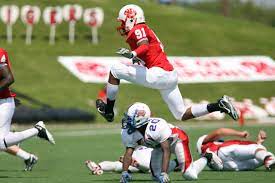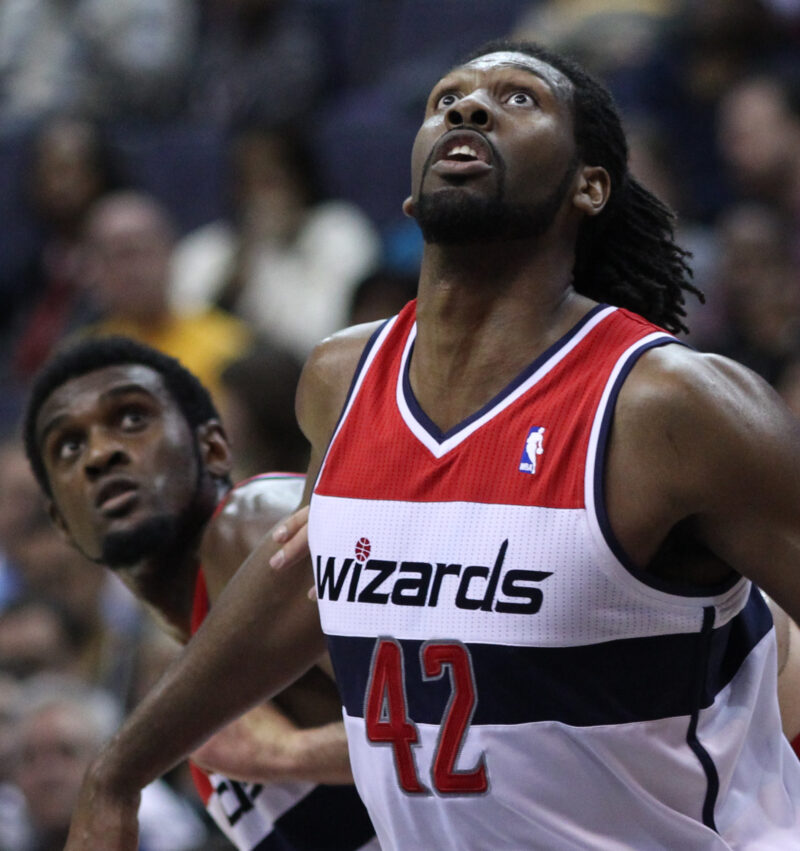
The number of footballers breaking their necks has soared to an alarming high with three players dead and several others hospitalized. One London club is even claiming that as many as eight junior members have broken their necks over the past two seasons. They say it is a national scandal. The injuries have come to light as a result of a survey by the London club, among other things looking at possible reasons for the rise in broken necks. The clubs claim that since the introduction of the backpass rule, players are being forced out of their age group so they can keep up with those playing higher grades.
Football Broken Necks
Many of the junior players are in their late teens or early twenties, with several having to wear neck braces for up to nine months. Many football clubs are now advising members against playing football until they are at least 16 years old. Footballers breaking their necks has increased and three players have died as a result of this. There are also cases where several footballers were hospitalized and some had to wear neck braces for up to nine months. There was an increase with the back pass rule, forcing young members out of age group, but now clubs advise members against playing football.
What is a broken neck and what are the symptoms
A broken neck is a serious injury that may result in permanent paralysis. A break in a bone of the spine called the vertebrae can pinch or sever nerves, which may lead to loss of feeling and movement. There are four main ways that people can fracture their necks: from falling from a height; from diving into shallow water; from impact during contact sports such as American football,or from trauma in a vehicle accident.
How does a broken neck occur in football
Broken neck can be caused by contact with another player, thus resulting to a neck injury. This may not solely happen in football but also other sports. Both direct impact and whiplash are possible causes of neck injuries in football. A neck fracture may result if the neck is whipped forward then forced backward suddenly or vice versa.
What are the long-term effects of a broken neck
There are many long term effects of a broken neck. One may experience pain, numbness, paralysis and weak muscles around the neck area. There are also cases where one can suffer from dizziness, nausea or even speech problems. Whiplash is an injury that results when the head experiences a quick acceleration then a sudden stop. Symptoms include headaches, neck pain and muscle spasms in the back, shoulders or arms. In the long run, one may have frequent headaches. In some cases, it can be fatal causing paralysis or other complications that could lead to death.
How can you prevent a broken neck while playing football
There are several ways on how to prevent a broken neck while playing football. You must wear the correct equipment and this includes helmets, mouth guards, shoulder pads, knee pads and other padding worn for protection. Additionally, you should also follow all safety rules of your sport. Finally, if you do experience any pain or injury during activities such as sports, contact your health care provider immediately.
The length of time needed for broken neck recovery depends on the type and severity of injury. A mild fracture will take little to no time before one can resume working out, but a severe case may require surgery and months of physical therapy.
What should you do if you experience any of the symptoms of a broken neck
If you experience any of the symptoms of a broken neck, seek medical attention immediately. If it happens at the time of an accident, go straight to the emergency room if possible. It is important that you receive immediate care for proper treatment and recovery. A broken neck can be extremely dangerous which is why you should seek care immediately.












